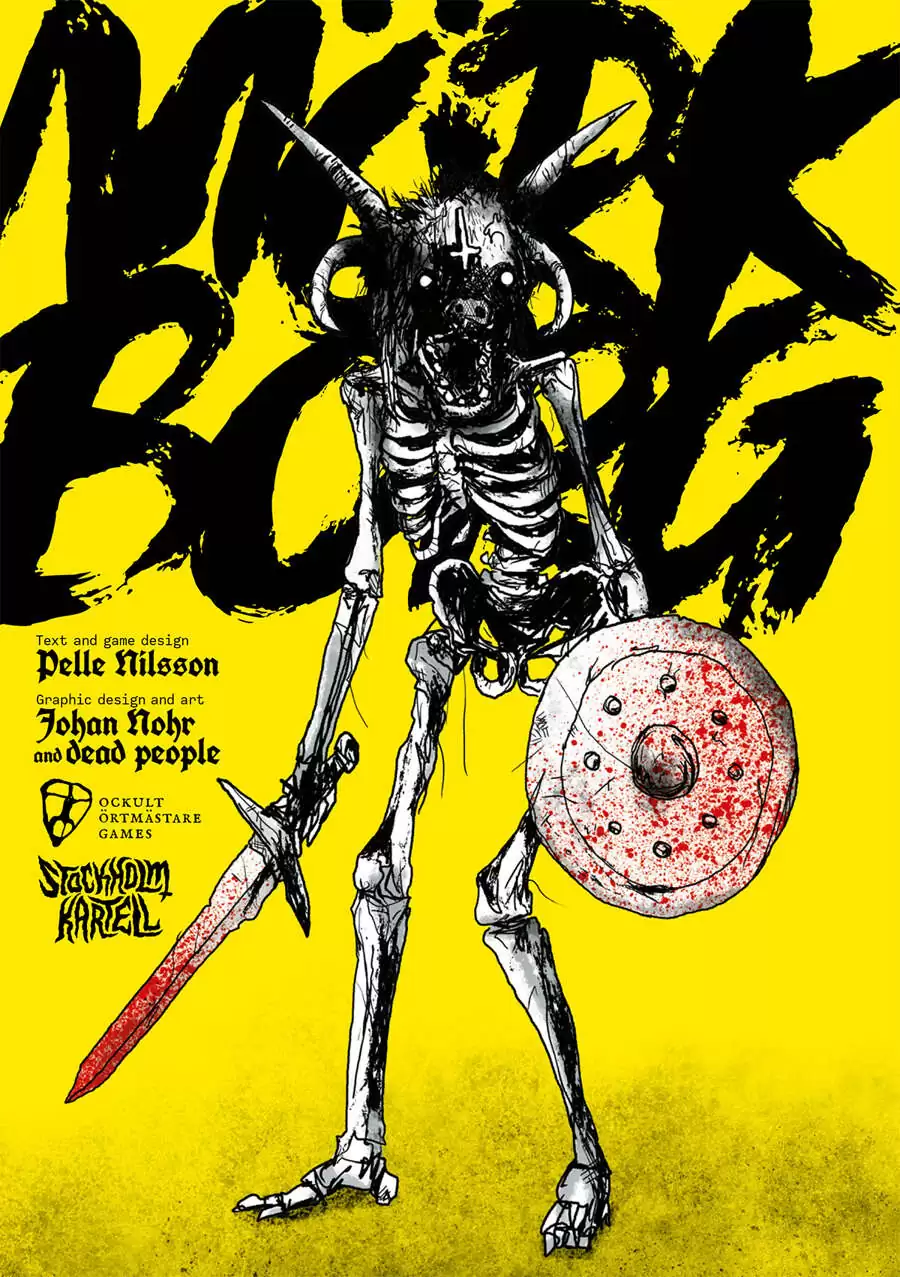Shadow of the Weird Wizard Fantasy; Dark Fantasy; Bleak; Old-School Renaissance (OSR); Exploration-Driven; Collaborative Worldbuilding; Low Magic
Shadow of the Weird Wizard is a tabletop roleplaying game by Robert J. Schwalb, designed as a less grimdark alternative to his previous work, Shadow of the Demon Lord. It utilizes a d20-based system with unique mechanics like boons and banes, and a flexible class system allowing for diverse character builds. While opinions on the visual presentation are mixed, the game aims for a heroic fantasy tone and streamlined gameplay experience, targeting players seeking a customizable and tactical alternative to more mainstream systems like D&D 5e.
Theme and Setting
Shadow of the Weird Wizard presents a fantasy world shaken by the mysterious disappearance of the titular Weird Wizard. This event has destabilized the land, creating opportunities for adventure, exploration, and settlement. Unlike its predecessor, Shadow of the Demon Lord, the tone is less focused on grotesque horror and more on heroic fantasy. The setting emphasizes themes of exploration and rebuilding in the wake of the Wizard's departure, with players often taking on roles as explorers, settlers, or refugees. While the core book focuses on humans, options for non-human ancestries are available in supplementary materials. The world features familiar fantasy elements like monsters, faeries, and undead, but aims for a unique identity distinct from generic fantasy settings.
Core Mechanics and Rules
The game employs a d20-based system. Characters roll a d20, add their ability modifier, and compare the result to a target number. A key mechanic is the use of 'boons' and 'banes,' represented by d6s. These dice are added to (boons) or subtracted from (banes) the d20 roll, with the highest die result being applied after canceling out opposing dice.
Character creation involves selecting three 'paths' over the course of leveling up: a novice path at level 1 (fighter, mage, priest, rogue), an expert path at level 3 (swashbuckler, oracle, artificer, assassin), and a master path at level 7. This system allows for extensive character customization and multiclassing. The game streamlines initiative by having enemies act first, followed by players who can choose their order. Health serves as a measure of overall danger, and leveling is intended to be relatively rapid.
What Makes it Unique
Shadow of the Weird Wizard distinguishes itself through several key features. The path system offers unparalleled character customization, allowing players to create diverse and unique characters. The boon/bane system provides a streamlined way to handle bonuses and penalties, simplifying calculations during gameplay. The magic system allows characters to learn traditions of magic and then learn spells from within those traditions. Spells are divided into novice, expert, and master levels and have a flat number of castings, but can be learned more than once to gain additional castings. Finally, the initiative system, with players sacrificing reactions to act first, creates more tactical depth in combat.
Target Audience and Player Experience
The game is aimed at players seeking a streamlined and customizable alternative to D&D 5e while maintaining a d20-based system. It appeals to those who enjoy tactical combat and character building. The heroic fantasy tone makes it more accessible than the grimdark Shadow of the Demon Lord. Players can expect a flexible and relatively easy-to-learn system, with opportunities for creative character development. The game is designed for shorter campaigns of around 20-30 sessions, with a clear progression in stakes and scale over 10 levels. While it's easy to bring new players to the table, some may find the initial levels less engaging, the spell options may be interesting but not for everyone, and the lack of non-human ancestries in the core book may be limiting.



